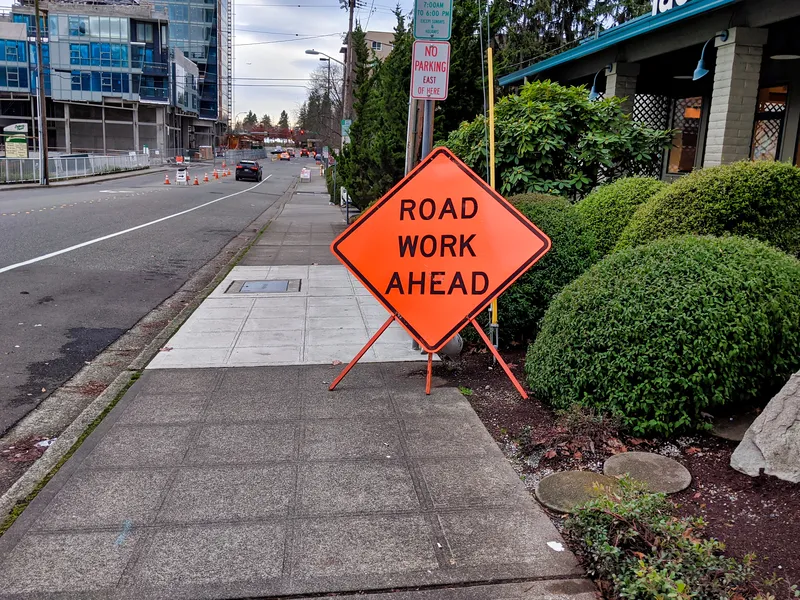Q-Free America’s senior vice president Morten Andersson says most lane closures are managed via phone calls and Excel spreadsheets which creates a “nightmare for transportation management operations centres and contractors”.
“LaneAware solves these issues and provides traffic managers with much greater situational awareness while reducing impacts on the interstate and associated arterials,” Andersson adds.
LaneAware is expected to increase efficiency by automating the lane closure approval process. The solution allows contractors to reserve specific lanes for closure within a time frame prior to work - and also sends notifications if two contractors attempt to set up conflicting lane closures.
Agency staff can programme a response once a reservation is made to inform travellers and help reduce accidents, the company adds.
According to Q-Free, LaneAware integrates with all advanced traffic management systems including Q-Free’s OpenTMS.
Q-Free launches web-based lane management
Q-Free has unveiled LaneAware, a web-based application which it says streamlines the lane management of workzones to reduce workload on agency staff and minimise traffic disruptions.
Q-Free America’s senior vice president Morten Andersson says most lane closures are managed via phone calls and Excel spreadsheets which creates a “nightmare for transportation management operations centres and contractors”.
“LaneAware solves these issues and provides traffic managers with much greater situational awarene
October 16, 2019
Read time: 2 mins










